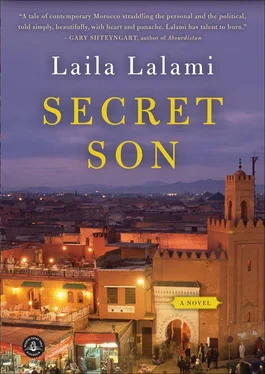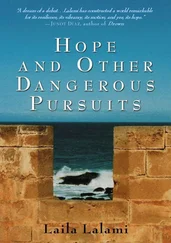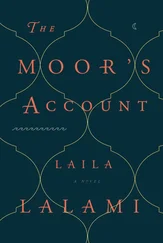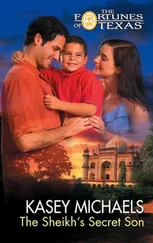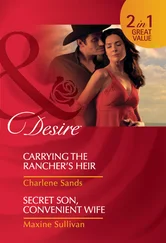2. How would you characterize the city of Casablanca — its culture, its society, its people — based on specifics from the novel? How does the author paint a portrait of the city using sensory details?
3. At one point in the novel (page 179), Amal and her mother see a Delacroix painting of Moroccan musicians. To Amal, the painting “looked nothing like [her] memories of home, and yet it made her miss it.” How does this contradiction between image and reality relate to Amal’s larger conflicts about, and longing for, home, family, and country?
4. In many ways, language in Morocco signifies class and social structure. Can you point to places where the use of different languages signifies social class? How is language used to include or exclude individuals or groups?
5. What is the significance of the opening epigraph by Gustavo Pérez Firmat? What does this say about the author’s own decision to write the novel in English rather than in her native Arabic or French? About Youssef’s decision to study English literature in college?
6. One of the novels that Youssef studies is The Great Gatsby , a classic American novel about, in part, class hierarchy and the so-called American dream. If you are familiar with Fitzgerald’s novel, what parallels do you see between Youssef’s story and Gatsby’s? What happens when the “dreams” that Youssef references (pages 31 and 90) are unattainable?
7. Youssef is fascinated by motion pictures and secretly longs to be a film actor. The theme of acting, of playing a part, runs throughout the novel. What roles are played by Youssef? By his mother? By Nabil Amrani? By Amal? Are any characters genuinely themselves, or are they all playing roles?
8. Youssef realizes (page 139) that “he was his father’s creature, waiting to be trained before it could be shown to the world.” Why does Youssef pursue a relationship with Nabil in the first place? What factors motivate Nabil to accept Youssef as his son? What do both men hope to achieve from the relationship? How does the relationship evolve over time?
9. Compare Youssef’s relationship with his father, Nabil Amrani, to the relationship he shares with his mother, Rachida Ouchak. How does Youssef’s behavior, demeanor, and impression of himself change in the context of each relationship?
10. At a couple of key points in the novel, the author retells the same scene (Youssef and Nabil’s first encounter, Amal’s visit to Rachida) from different points of view. How do these different perspectives shape your understanding of situations and characters? What new information do you learn from each point of view?
11. Over the course of the novel, Youssef and his friends, Amin and Maati, are drawn into the Islamist organization known simply as “the Party.” What techniques do Hatim and the other Party members use to gradually draw in these young men? What circumstances in Moroccan society work to the advantage of the Party? At what point did you begin to suspect that the Party might have sinister motives? Are there any other realistic opportunities available to young men of Youssef’s class beyond organizations like the Party?
12. Near the end of the novel, Youssef learns new information about his family history on his mother’s side. He realizes (page 282) that through the bloodlines of his mother’s and father’s families, he holds within him all of the richness and contradictions of the Moroccan people. In what ways does Youssef’s character and his story represent the larger challenges and struggles facing his country? Is Youssef’s story merely an allegory of an entire people, or does it also provide insights into a specific individual’s circumstances?
Reading group guide prepared by ReadingGroupGuides.com.
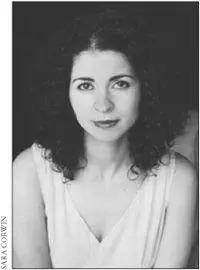
Laila Lalamiwas born and raised in Morocco. Her work has appeared in the New York Times , the Washington Post , the Los Angeles Times , the Nation , and elsewhere. She is the recipient of a Fulbright fellowship and was shortlisted for the Caine Prize for African Writing in 2006. Her debut collection, Hope and Other Dangerous Pursuits , was published in 2005. She lives in Los Angeles. Her Web site is lailalalami.com.
